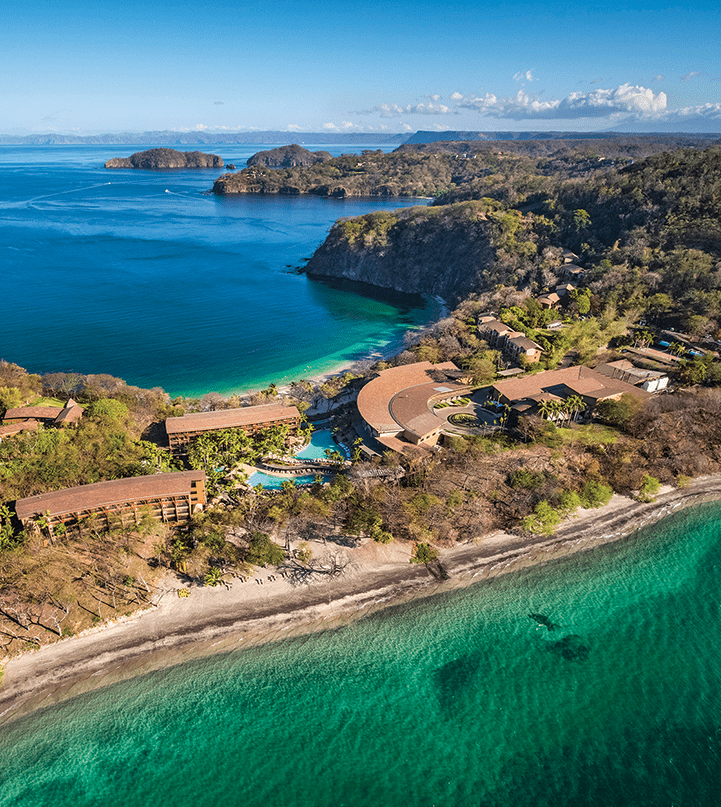FOREWORD
Adding value in a competitive global marketplace for prime property
.png)
Adding value in a competitive global marketplace for prime property
Branded residences have been around for more than a century, but only in the last two decades has the sector really taken off. Rapid expansion has gone hand-in-hand with a growing, globally-mobile high-net-worth population that has risen fourfold in 20 years.
Cash-rich, time-poor, and brand-conscious individuals are attracted by quality design, security and the high levels of service branded residences offer. Hoteliers have actively diversified into residential as resorts and prime city centre buildings incorporate a wider mix of uses. Developers, meanwhile, have come to recognise the value-add of a brand in a competitive global marketplace.
To date, branded product has been focused in the US and Asia, and are located in resorts or major international gateway cities, but there remains significant untapped global potential. The recovery of Europe’s leisure markets has made projects in the Mediterranean viable once again, and branded projects are first off the starting blocks. With many top tier world cities looking fully valued, the market is also turning to secondary urban centres for new opportunities and growth.
Looking ahead, continued wealth generation in emerging markets will underpin expansion, but we expect to see the sector evolve as it matures. New brands will enter the market and the service and amenity offer will widen, with an emphasis on experiences, particularly as younger buyers grow in importance.

Summary
6 article(s) in this publication